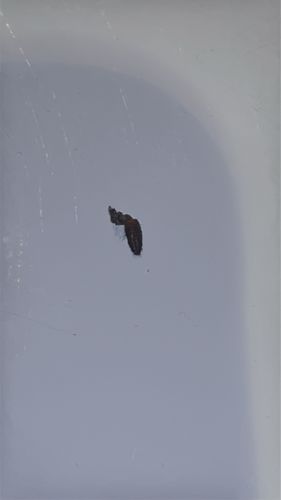Drain Fly / Moth Fly / Filter Fly
Scientific Name: Psychoda species (e.g., Psychoda alternata, Psychoda cinerea)
Order & Family: Diptera (True Flies), Psychodidae (Moth Flies and Sand Flies)
Size: 2-5 mm (0.08-0.2 inches)

Natural Habitat
Drain flies are typically found in moist environments rich in decaying organic matter. Common habitats include bathroom and kitchen drains, sewage treatment plants, septic tanks, compost piles, and wet areas where standing water and organic sludge accumulate.
Diet & Feeding
Larvae feed on decaying organic matter, sludge, fungi, and microorganisms found in drains, sewage systems, and other damp environments. Adult drain flies do not feed but primarily reproduce.
Behavior Patterns
Larvae develop in moist environments within decaying organic matter. They are often found in groups. Adults are strong fliers and are attracted to light, decaying materials, and fermenting substances. Their life cycle is relatively short, from egg to adult in about 1-2 weeks depending on conditions.
Risks & Benefits
Risks: Primarily a nuisance pest, especially when numerous. They can carry bacteria and other pathogens from their breeding sites (drains, sewage) and potentially transfer them to surfaces, though they are not known to transmit diseases to humans. They can indicate a plumbing issue or excessive organic buildup in drains. Benefits: In natural environments, their larvae contribute to the decomposition of organic matter.
Identified on: 7/25/2025